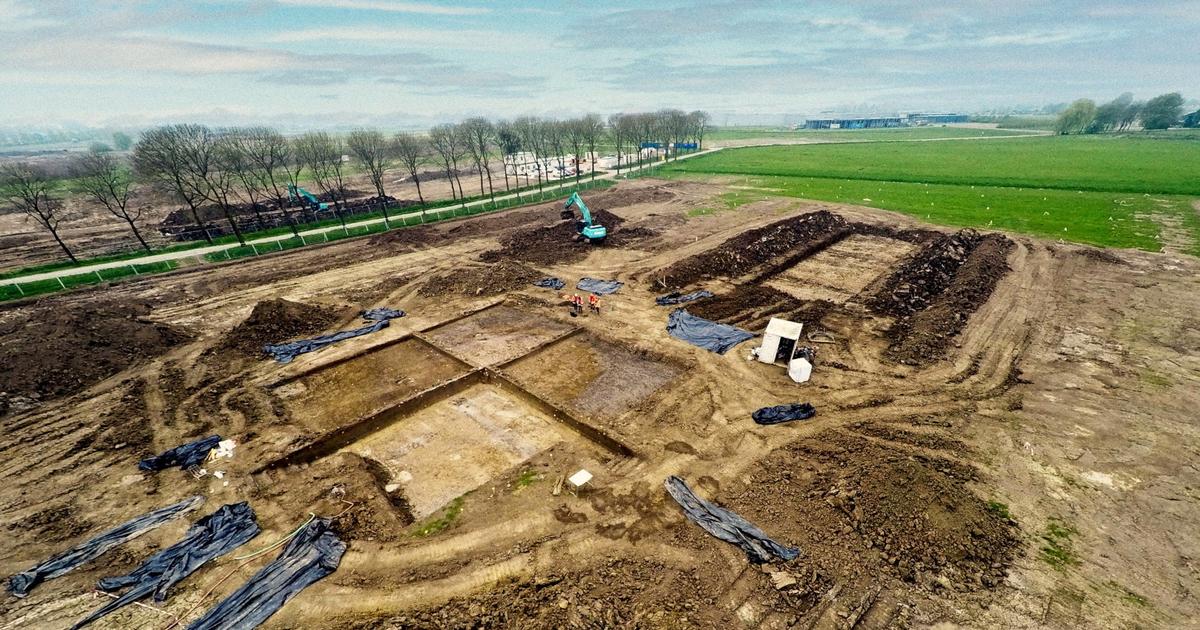 ‘The Stonehenge of the Netherlands’, a 4,000-year-old non secular web site found in Tiel –
[ad_1]
‘The Stonehenge of the Netherlands’, a 4,000-year-old non secular web site found in Tiel –
[ad_1]
Archaeologists have discovered an ‘open-air sanctuary’ctogether with a burial mound that served as a photo voltaic calendar containing the stays of some sixty males, ladies and youngsters.
Dutch archaeologists revealed on Wednesday that that they had found a 4,000-year-old non secular web site together with a burial mound that served as a photo voltaic calendar, dubbed the “Stonehenge of the Netherlands” by the media, in reference to the well-known megalithic monumental advanced. The mound, about 20 meters in diameter, which contained the stays of about 60 males, ladies and youngsters, had passages by which direct daylight entered on the longest and shortest days of the yr.
The excavations, the outcomes of which have been made public on Wednesday, started in 2017 in Tiel, some 50 km southeast of Utrecht. “What a unprecedented archaeological discovery! Archaeologists have found a 4,000-year-old non secular shrine on an industrial web site.enthused the town of Tiel on its Fb web page. “That is the primary time that such a web site has been found within the Netherlands”, underlined the town. By learning variations within the composition and colours of the clay, archaeologists have positioned three burial mounds on the location, positioned just a few kilometers from the shores of the Waal.
The passages contained in the tumulus made it potential to make use of it as a photo voltaic calendar “to find out vital instances similar to festivals and harvest days”stated the archaeologists. “This hill is paying homage to Stonehenge, the well-known and mysterious prehistoric monument in England, the place this phenomenon additionally happens”, commented the Dutch public broadcaster NOS. Researchers additionally found two different smaller burial mounds. These three mounds have been used as burial grounds for some 800 years, in response to archaeologists.
Archaeologists have made one other sensational discovery: a glass bead inside a burial, which after evaluation turned out to be from Mesopotamia, present-day Iraq. “This pearl traveled a distance of some 5000 kilometers, 4 millennia in the past”workforce chief Cristian van der Linde instructed NOS. “The glass was not made right here, the pearl will need to have been a unprecedented object for individuals as a result of it was an unknown materials”, added Stijn Arnoldussen, from the College of Groningen. However the pearl definitely didn't journey from Mesopotamia to the burial web site suddenly, he says. Gadgets have been traded at the moment.
[ad_2]







0 comments